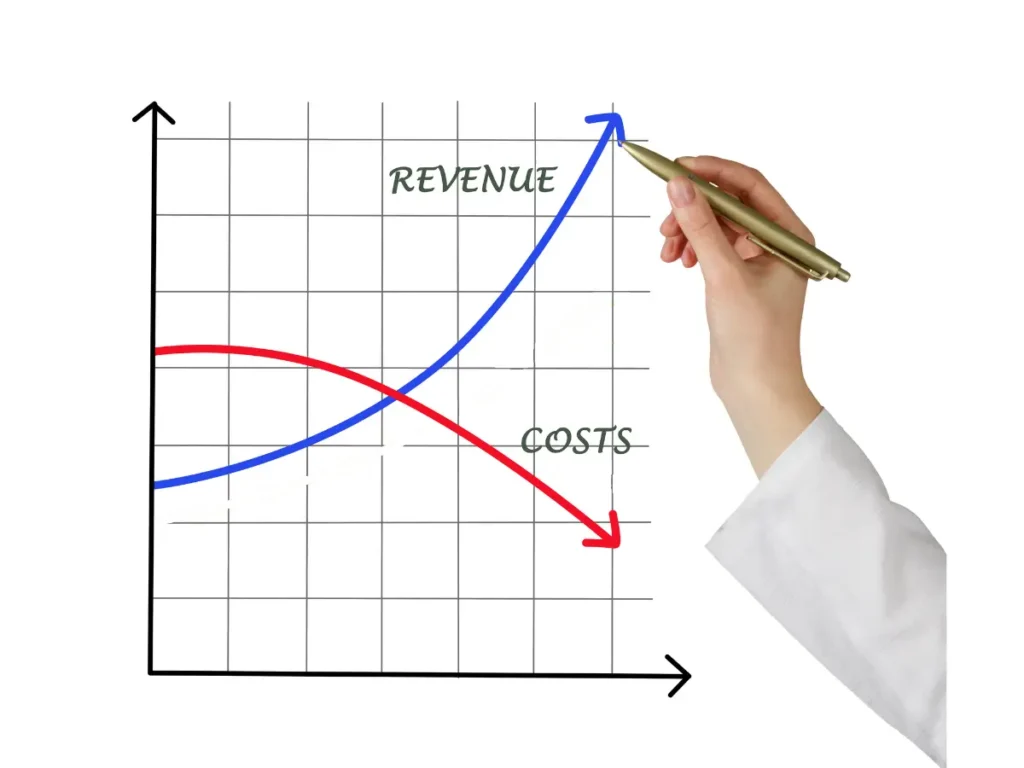In the business world, the question often arises: “How can you reduce costs without sacrificing quality in your company?” Finding the balance between cutting costs and maintaining quality is crucial for long-term success. The constant pressure to improve profitability can lead to hasty decisions that compromise the quality of the products or services offered. However, there are smart strategies that companies can implement to reduce costs without sacrificing quality. In this blog, we will explore various ways your company can achieve this balance and remain competitive in the market.
Cost and Process Analysis
Evaluation of Current Costs
Before making any changes, it is crucial to understand where you are currently spending. A detailed cost analysis can reveal areas where cuts can be made without affecting quality.
Process Optimization
Identifying unnecessarily complex or waste-generating processes can be key to reducing costs. Simplifying and optimizing processes can lead to greater efficiency and, ultimately, cost reduction.
Inventory and Supply Chain Management
Inventory Control
Maintaining excessive inventory can lead to unnecessary storage costs. Conversely, insufficient inventory can result in additional costs due to production delays. Keeping precise control over inventory can help avoid these issues.
Supplier Relations
Negotiating favorable prices with suppliers and establishing strong relationships can lead to better terms and conditions, translating into lower costs for your company.
Technology and Automation
Use of Technology
Technology can be a powerful ally in cost reduction. Utilizing enterprise management software can enhance efficiency in resource management and reduce reliance on manual processes.
Process Automation
Automating repetitive tasks can increase productivity and lower labor costs. Implementing automation systems may require an initial investment but can result in significant long-term savings.
Staff Training and Development
Efficiency Training
Training staff in efficient practices can help identify areas for improvement and reduce operational costs. A well-trained workforce can be more productive and cost-conscious.
Examples of Successful Cost Reduction

Waste Reduction - Toyota
Toyota is renowned for its lean production system, which includes the waste reduction methodology known as "Just-In-Time" (JIT). By implementing this system, Toyota has been able to minimize inventories and eliminate inefficient processes. This has resulted in a significant reduction in production costs without compromising the quality of its vehicles, enhancing its operational efficiency and market competitiveness.

Supply Chain Optimization - Walmart
Walmart is known for its highly efficient supply chain optimization strategies. The company has implemented advanced logistics and inventory management systems to streamline its operations. By optimizing its supply chain, Walmart has been able to reduce costs, improve product availability, and maintain low prices for consumers, reinforcing its competitive edge in the retail market.
Tips for Successful Implementation
Transparent Communication
It is important to clearly communicate to the entire team the objectives of cost reduction and how each member can contribute.
Continuous Monitoring
Once cost reduction strategies are implemented, it is crucial to regularly monitor results to ensure that the established goals are being achieved.
Quality and Efficiency
Reducing costs without sacrificing quality is a constant challenge for businesses. However, with careful planning, detailed process analysis, and the implementation of technology and efficient practices, it is possible to achieve this balance. By adopting a strategic and continuous improvement-focused approach, your company can remain competitive and profitable without compromising the quality of its products or services.












